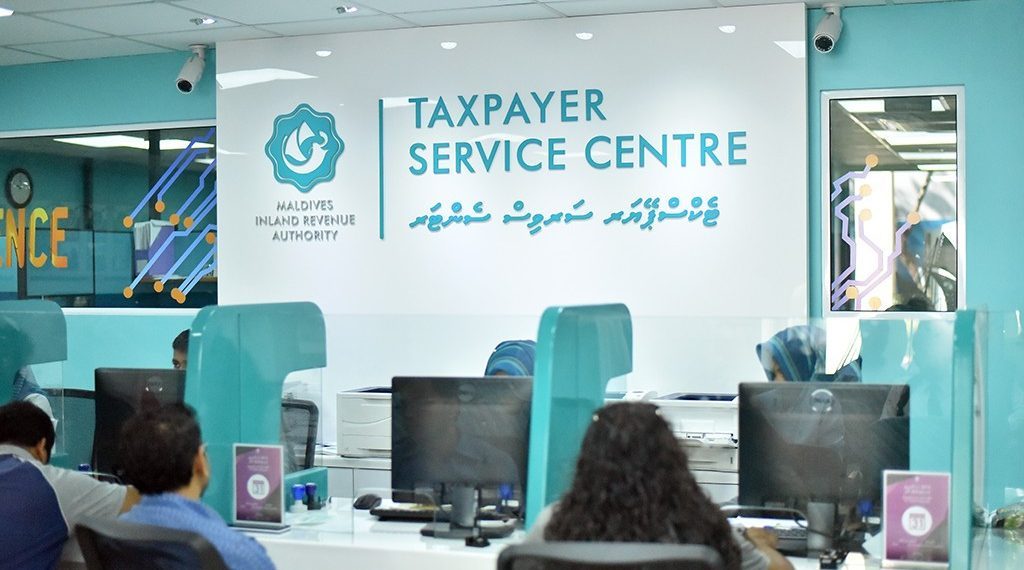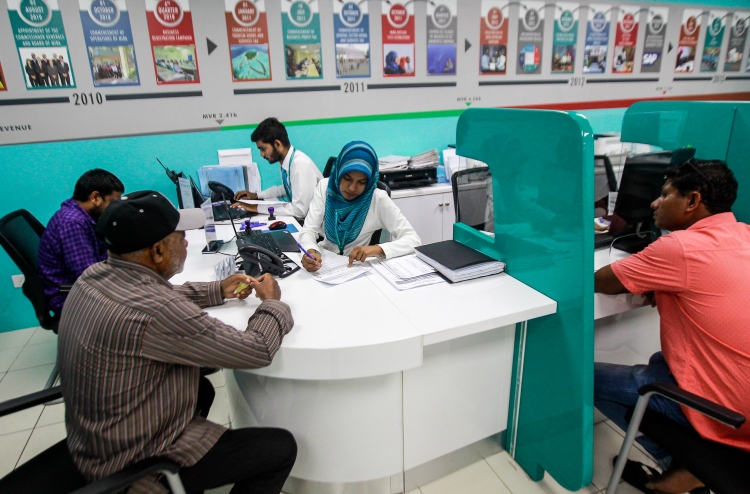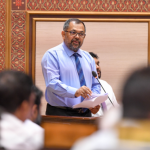Prior to 2010, the government was heavily dependent on resort lease rent, import tariff and dividends from SOEs to generate revenue. The other contributors were Tourism Bed Tax and Bank Profit Tax.
The formation of the independent institution, Maldives Inland Revenue Authority (MIRA), in 2010 was followed by the introduction of Tourism GST, Business Profit Tax and then General GST. This was in 2010 and 2011.
Since the time BPT was introduced, discussions have been on-going about the need to introduce a full-fledged Income Tax system in the Maldives. With the ratification of the Income Tax bill into Law, finally, a comprehensive and well-rounded tax system has been introduced in the Maldives. This new Act moves the taxation of difference income sources under a single Act, and for the first time, decrees the taxation of remuneration.

While we are approaching a decade since the first tax system was introduced in the Maldives, relatively, this is still considered young tax system. Prior to 2010, before a modern tax system was implemented, how Maldivians did business was very different. It was largely a cash economy, with people not separating their business and personal income and expenses. Nor was there any proper form record-keeping done by most people. Even though the larger businesses did so, the majority of those undertaking business engaged in a largely informal format of business.
Following the introduction of the tax system, taxpayers are mandated with the responsibility to undertaken proper records, to declare their income as per laws and regulations, and to pay taxes if liable. At the same time, in the past, it could be said that there was a single-direction dialogue between the tax administration and taxpayers. Tax laws were decided on by policy makers, the tax authority administered those laws and taxpayers fulfilled their obligations by following the instructions or advice of the tax authority.
What we see now is that the tax ecosystem has expanded beyond just the tax authority and taxpayers. There are multiple stakeholders within the tax ecosystem, and the traditional arms-length approach to dealing with stakeholders is also shifting – and the dialogue is no longer one-direction. The shift towards increased stakeholder collaboration (whether it be other government agencies, auditors, tax agents, tax consultants) has resulted in increased efficiency and effectiveness of the tax system.

Feedback and comments from stakeholders before rolling out new policies, and bringing changes to how things are done has resulted in healthy discussions on lessening compliance burden on taxpayers and managing administrative costs for MIRA. While not all concerns of all parties can be addressed at all times, major concerns shared by majority of stakeholders can be addressed in this manner. Such communication can result in enhanced taxpayer services and reduced operational costs for MIRA.
Similarly, MIRA intends to further develop this model of tax administration whereby all relevant parties are involved in the tax ecosystem, and use the feedback and ideas to improve the efficacy.
* Article by the Commissioner General of Taxation, Mr. Fathuhulla Jameel



















